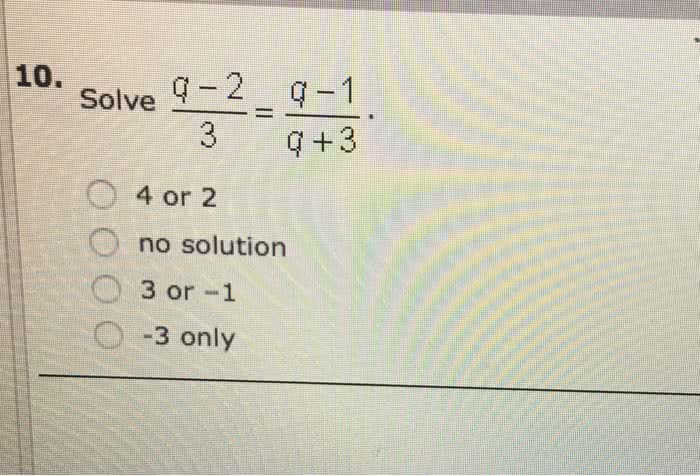
goku9000
6 Followers
0 Following
7 Helped
goku9000Lv10
23 Jan 2023
Answer: 10
goku9000Lv10
10 Jul 2022
Answer: Decomposition
goku9000Lv10
3 Jul 2022
Answer: Molybdenum tetrachloride
goku9000Lv10
3 Jul 2022
Answer: A frame is a digital data transmission unit in computer networking and...
goku9000Lv10
2 Jul 2022
Answer: C3H7
goku9000Lv10
26 Jun 2022
Answer: 1928 – 1945
goku9000Lv10
6 Jun 2022
Answer: The answer is A
goku9000Lv10
6 Jun 2022
Answer: Option 3 Step-by-step explanation:
goku9000Lv10
4 Jun 2022
Answer: b
goku9000Lv10
4 Jun 2022
Answer: non impact
goku9000Lv10
4 Jun 2022
Answer: a
goku9000Lv10
4 Jun 2022
Answer: Encapsulation
goku9000Lv10
4 Jun 2022
Answer: hybrid
goku9000Lv10
4 Jun 2022
Answer: d
goku9000Lv10
4 Jun 2022
Answer: d
goku9000Lv10
4 Jun 2022
Answer: The transport layer PDU is the TCP segment for TCP, and the datagram f...
goku9000Lv10
4 Jun 2022
Answer: Bridges area is a Layer 2 device that separates collision domains by d...
goku9000Lv10
4 Jun 2022
Answer: The Design Phase is an essential phase of the Software Development Lif...
goku9000Lv10
4 Jun 2022
Answer: Option 3
goku9000Lv10
4 Jun 2022
Answer: A computer's processor clock speed determines how quickly the central ...
goku9000Lv10
4 Jun 2022
Answer: Option 2
goku9000Lv10
4 Jun 2022
Answer: Option 2
goku9000Lv10
4 Jun 2022
Answer: A tuple is created by placing all the items (elements) inside parenthe...
goku9000Lv10
4 Jun 2022
Answer: false
goku9000Lv10
4 Jun 2022
Answer: true
goku9000Lv10
4 Jun 2022
Answer: SMS (Short Message Service) is a text messaging service component of m...
goku9000Lv10
4 Jun 2022
Answer: Memory
goku9000Lv10
4 Jun 2022
Answer: true
goku9000Lv10
4 Jun 2022
Answer: 1) delete a row in a table
goku9000Lv10
4 Jun 2022
Answer: Microsoft Office
goku9000Lv10
4 Jun 2022
Answer: A unary relationship exists when an association is maintained within a...
goku9000Lv10
4 Jun 2022
Answer: a
goku9000Lv10
4 Jun 2022
Answer: b
goku9000Lv10
4 Jun 2022
Answer: d
goku9000Lv10
4 Jun 2022
Answer: False
goku9000Lv10
4 Jun 2022
Answer: Option 2
goku9000Lv10
4 Jun 2022
Answer: a
goku9000Lv10
4 Jun 2022
Answer: d
goku9000Lv10
4 Jun 2022
Answer: Option 4
goku9000Lv10
4 Jun 2022
Answer: Option 1

